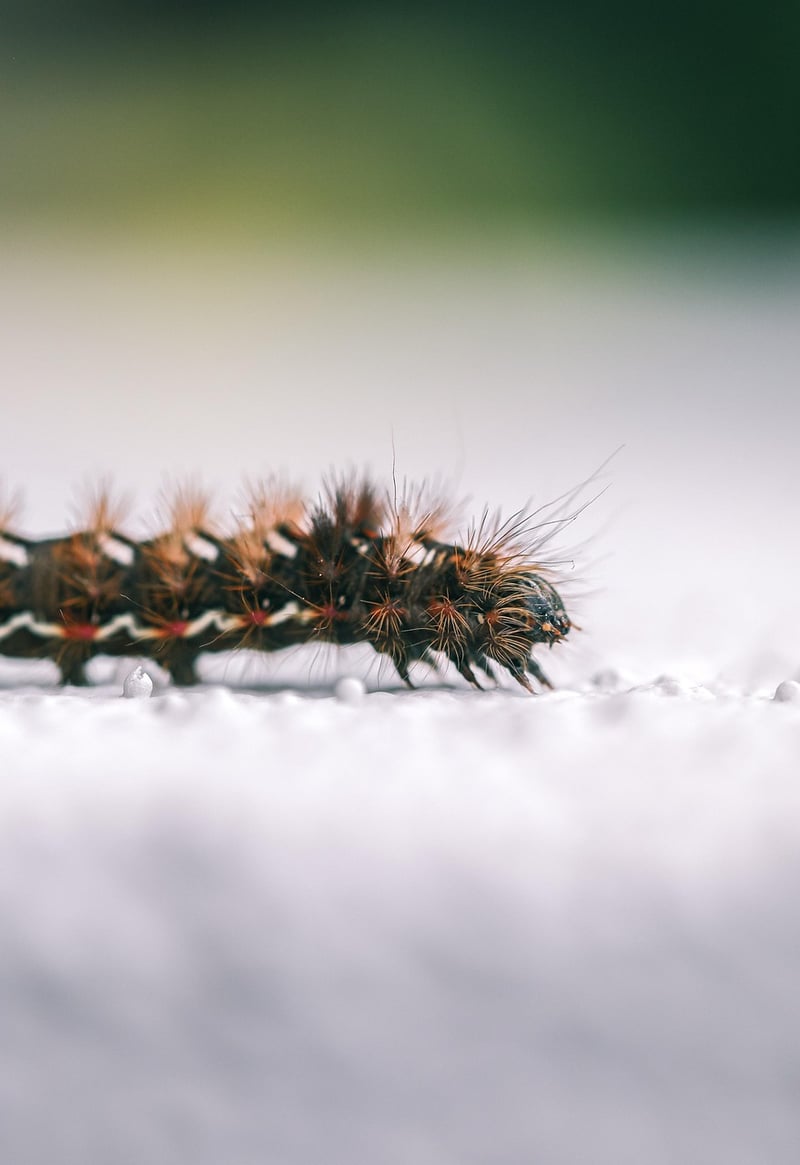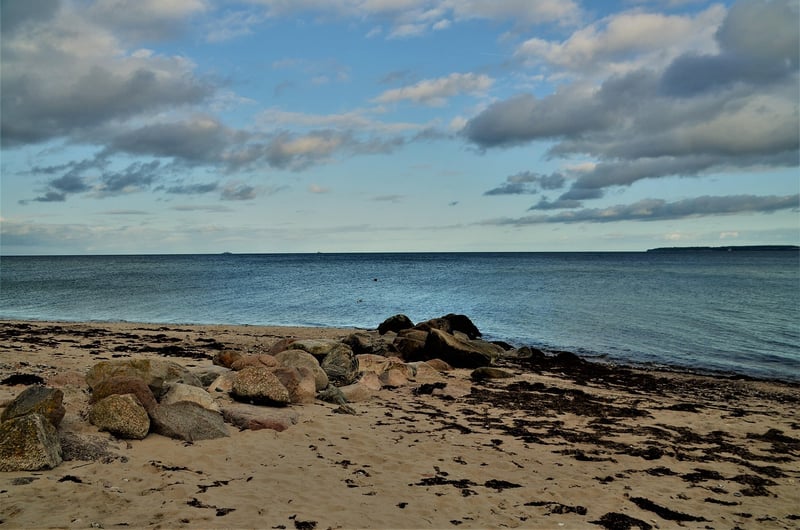First Contact Protocols
Discover New Species + First Contact Protocols
Exploring the Unknown
Embarking on a journey to discover new species is a thrilling and impactful endeavor. Whether you are a seasoned explorer or a curious enthusiast, the process of encountering unknown life forms can be both awe-inspiring and challenging.
Guidelines for First Contact
When encountering a new species for the first time, it is crucial to approach with caution and respect. Here are some guidelines to follow during first contact:
- Observe from a distance to avoid causing distress.
- Avoid direct contact until the species' behavior and intentions are better understood.
- Document observations and behaviors without disrupting the natural habitat.
- Consult with experts to ensure the safety of both the discoverer and the newfound species.
- Respect the environment and wildlife regulations when interacting with new species.
Importance of Conservation
Discovering new species highlights the incredible biodiversity of our planet. It also underscores the importance of conservation efforts to protect these unique life forms and their habitats. As stewards of the Earth, it is our responsibility to ensure the preservation of these newly found species for future generations.
Embracing the Unknown
Embrace the wonder of the unknown and the excitement of discovery. Through careful exploration, respectful interaction, and dedicated conservation, we can continue to unveil the mysteries of our world and forge meaningful connections with new species.

Join us in the quest to discover new species and uphold first contact protocols for a harmonious coexistence with the diverse life forms that share our planet.
For more information on new species discovery and first contact protocols, visit National Geographic.
